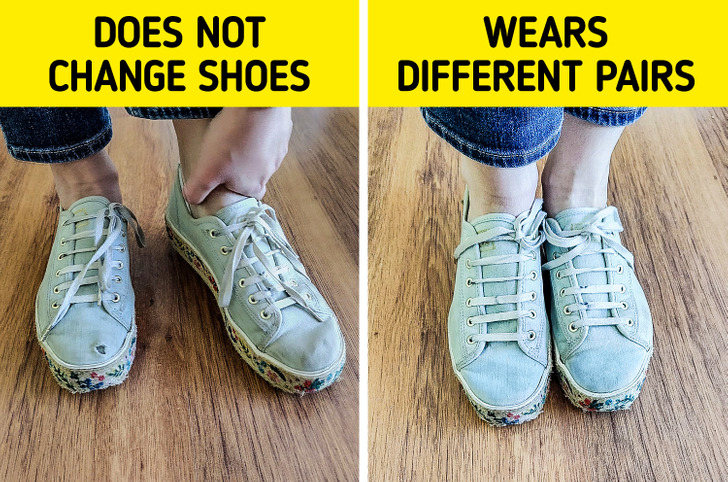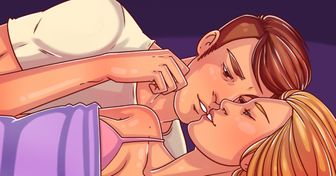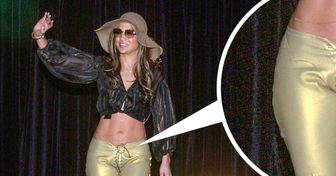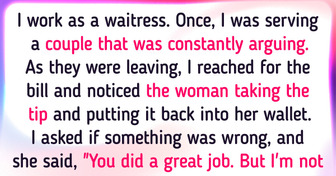Pierce Brosnan Debuts New Look With Bald Head and He’s Unrecognizable

The first shoes were created thousands of years ago to protect our feet. Although we don’t have to worry about stepping on snakes when walking down an avenue these days, it’s worth paying attention to certain characteristics of footwear to prevent them from becoming a nuisance for our feet and our wallet.
Bright Side found some mistakes we make at the shoe store and other day-to-day habits that can rob us of the comfort our feet deserve.
The time you go shopping may not seem irrelevant when it comes to choosing the ideal shoes, but it’s more important than it seems. Feet swell throughout the day, so if you try on shoes in the morning, you’re likely to buy a pair that fits tighter than you want.
It’s very convenient to know what type of foot you have in order to choose the most comfortable shoes for you. A simple trick to find this out is to immerse your foot in water and then step on a sheet of cardboard.
If you see a full footprint marked, you probably have flat feet, so it’s advisable to buy shoes that prevent the soles from going inward when you step on them. On the other hand, if you have a very pronounced arch, you’ll see a hole in the center of the footprint, which means it’s better to choose shoes that provide more cushioning. If the center of the footprint is only half-full, it means you have a normal foot.
Another common misconception is that insoles are only for people with foot problems. After all, if you have to stand for a long time during the day, gel pads can be a great relief. However, heel inserts give you added cushioning, which is very convenient when your skin thins with age.

We all have a favorite pair of shoes, but no matter how comfortable they are, that doesn’t mean you have to wear them all the time. That may seem more like a fashion statement than anything else, but actually, it has nothing to do with style. It’s a good idea to change shoes every other day to let the sweat dry.
Also, wearing the same pair every day wears out the same areas, especially the inside and the sole, which can cause us to step incorrectly and, therefore, make our feet hurt.
Knowing the exact measurement of your feet is a great ally when it comes to shopping. Sizes tend to vary from one brand to another, so it is best not to look at the number on the box, but rather, at the size of the foot. Also, it’s important to keep in mind that foot size can change in adulthood due to factors such as pregnancy or weight gain. With this in mind, it is best to update this measurement before going out in search of the ideal shoe.
We must also keep an eye on the sole, as it plays an important role in our comfort. In order to choose the ideal footwear, we must take into account how we intend to use them. For example, sports shoes must be flexible and shock-absorbing, and if we choose a rubber sole, it will not be flexible in winter.
With this in mind, we’re explaining how to identify some materials:
Our body is not symmetrical. It is common for one foot to be slightly larger than the other, so it’s important to try on shoes on both feet to make sure the pair feels comfortable for both the larger and smaller foot.
Wearing high heels doesn’t have to be painful. One way to wear high heels without suffering is to avoid thin soles. Thick soles or soles with a bit of a platform will provide more cushioning for the pressure exerted on the soles of the feet.
Tennis shoes have a limited lifespan. There are some new shoes that will break before 300 miles. However, it’s not necessary for them to break, with wear and tear causing injuries. Considering that the average adult walks between 2.4 to 3.2 kilometers a day, in less than half a year, our tennis shoes could be worn out if we use them daily.
Flip-flops may seem like an obvious choice for comfort in the summer, but it’s really not recommended to wear them for too long. Wearing flip-flops changes the way we walk because they force us to use our toes to keep them in place. In the long run, this can lead to problems.
Instead, you can have a similar summer look without doing as much damage if you choose a pair of sandals with ankle straps and instep support.
What do you usually look for when buying shoes? What is your favorite style?











